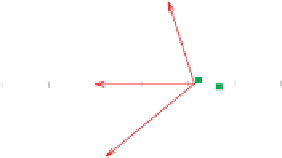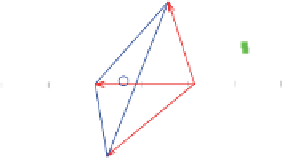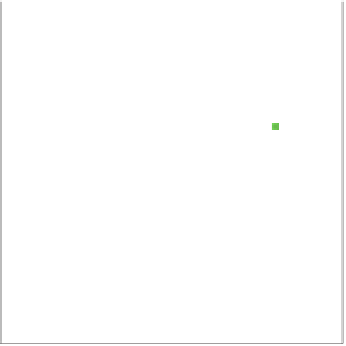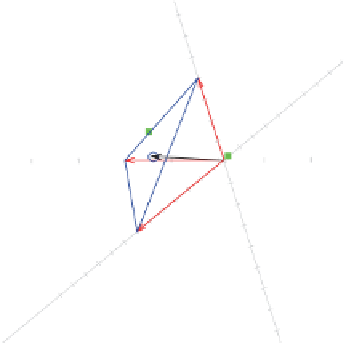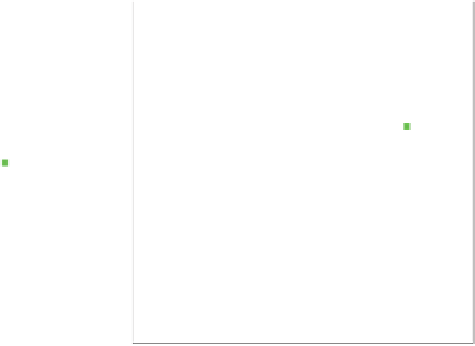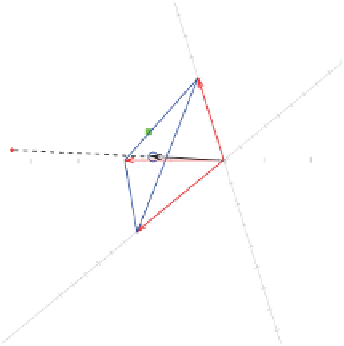Information Technology Reference
In-Depth Information
−
2
0
0
2
X
2
X
32
32
4
4
30
30
28
28
2
6
2
6
10
10
26
26
5
5
24
24
8
25
8
16
16
22
15
24
22
20
24
20
25
20
10
10
20
15
14
9
14
9
18
18
6
7
Z
6
Z
3
3
0
5
10
15
20
25
30
5
10
15
20
25
30
0
7
8
14
8
14
17
17
22
22
12
4
12
4
14
16
18
20
22
24
26
14
16
18
20
22
24
26
1
1
11
10
11
10
1819
18 19
23
23
8
8
21
13
21
13
6
6
4
4
2
2
0
0
12
12
−
2
−
4
−
6
8
10
−
−
28
28
Y
Y
2
−
2
0
0
2
X
2
X
32
32
4
4
30
30
28
28
2
6
6
10
2
10
26
26
5
5
24
24
25
8
25
8
16
24
22
16
22
20
24
20
outlier?
20
20
10
10
15
14
9
15
9
14
18
6
7
18
6
Z
Z
3
330
3
30
0
5
10
15
20
25
0
5
10
15
20
25
8
7
14
8
14
17
17
22
4
22
12
14
16
18
20
22
24
26
28
12
14
16
18
20
22
24
26
28
4
1
1
11
10
11
18
19
10
18
19
23
23
8
8
21
13
21
13
6
6
4
4
2
2
0
0
12
12
−
2
−
2
−
4
−
4
−
6
−
6
10
−
8
10
−
8
−
−
Y
Y
Figure 3.11
Interpolating a new point with
X
=
2,
Y
=
4,
Z
=
10. (Top left) The
function
draw.arrow
is used three times to draw an arrow from the origin to the selected
end point. (Top right) The function
draw.polygon
is called to construct the blue triangle
by selecting with the mouse the three vertices and the centroid of the triangle is marked.
(Bottom left)
draw.arrow
is again called upon to draw the black arrow from the origin
to the centroid by selecting it with the mouse. (Bottom right) The black arrow is lengthed
p
=
3 times, indicated by a broken line; the position of the new point marked with a
red solid circle and
draw.text
is used to interactively questions if this point is perhaps
an outlier.
X
)
X
V
we
To show this, we need only establish that
(
X
−
=
0
.FromtheSVD
X
=
U
have that
X
)
X
=
V
(
I
−
J
)
U
(
UJ
V
)
(
X
−
and the result follows immediately from the column orthonormality of
U
and the commu-
tativity of diagonal matrices. We term the orthogonality result (3.12)
Type B orthogonality
for a data matrix
X
.
































